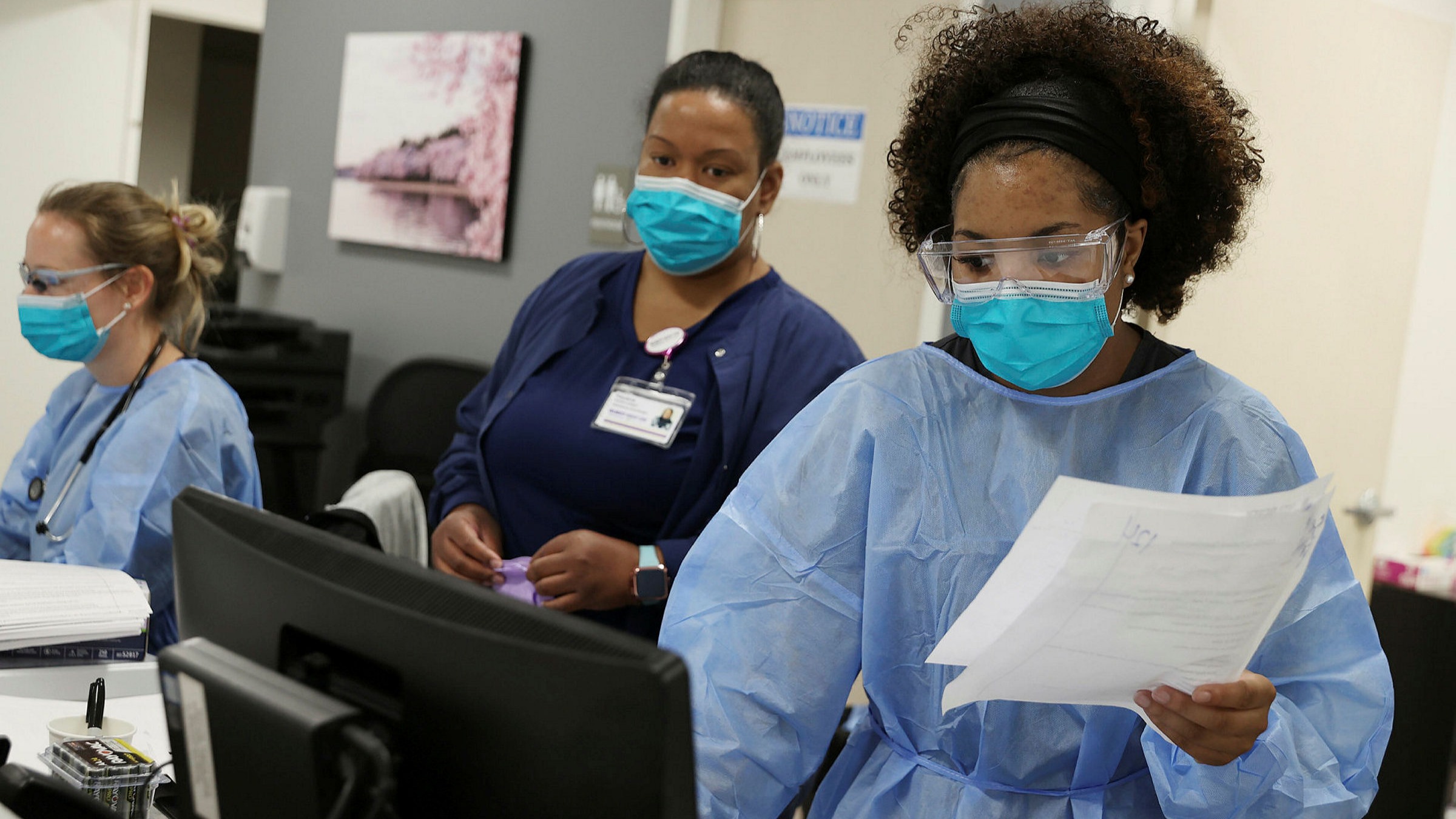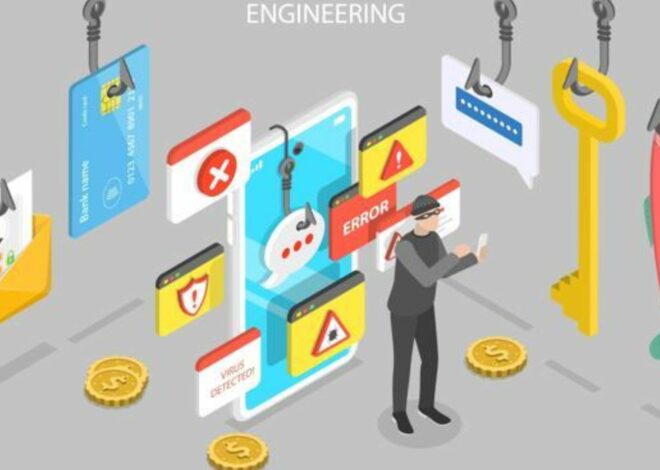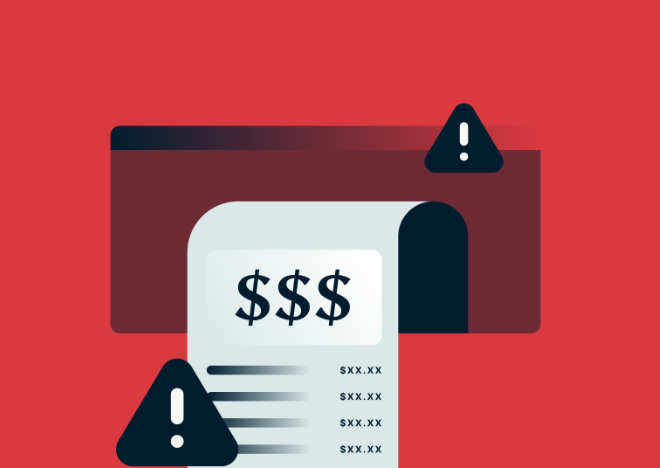
Ransomware Attack on Hospital Causes Major Delays in Patient Care
Imagine being rushed to the hospital only to find out that your treatment is delayed because of a cyberattack. Well, unfortunately, this nightmare became a reality for patients and staff at a major hospital who fell victim to a ransomware attack. The incident caused chaos and significant delays in patient care as doctors struggled to access critical medical records. In this post, we’ll dive into the details of the attack and explore how hospitals can protect themselves from similar threats.
Table of Contents
What is ransomware?
How did the ransomware attack on the hospital happen?
What are the consequences of the ransomware attack on the hospital?
How can hospitals prevent ransomware attacks?
Conclusion
What is ransomware?
Ransomware is a type of malware that encrypts a victim’s files and demands a ransom in order to decrypt them. This type of attack can be particularly devastating to organizations like hospitals, where patient care depends on access to critical data. In the case of the hospital ransomware attack, the attackers not only encrypted the hospital’s files, but also took control of its network, making it impossible for staff to communicate or provide care. The attackers demanded a ransom in order to release the hospital’s network and files, causing major delays in patient care. The hospital was eventually able to restore its systems from backups, but the incident highlights the importance of cybersecurity for organizations that handle sensitive data.
How did the ransomware attack on the hospital happen?
On September 27th, 2019, the Hollywood Presbyterian Medical Center in Los Angeles was hit with a ransomware attack. The attack caused major delays in patient care, as well as a loss of access to some medical records. The hospital was forced to pay a ransom of $17,000 in order to regain access to its systems.
It is believed that the attack originated from an email that was opened by an employee of the hospital. This email contained malicious software that encrypted the hospital’s systems, rendering them inaccessible. The attackers then demanded a ransom be paid in order to decrypt the systems and restore access.
The hospital complied with the demand and paid the ransom, but it is not clear if they have regained full access to their systems at this time. This incident highlights the vulnerability of hospitals and other critical infrastructure to ransomware attacks.
What are the consequences of the ransomware attack on the hospital?
The ransomware attack on the hospital has caused major delays in patient care. The hospital is facing a shortage of staff and resources, and patients are being discharged late or not at all. The attack has also caused financial problems for the hospital, as it is struggling to pay its ransom demand.
How can hospitals prevent ransomware attacks?
In the wake of a ransomware attack on a hospital in California that caused major delays in patient care, hospitals across the country are scrambling to beef up their cybersecurity defenses. Here are some tips on how hospitals can prevent ransomware attacks:
Keep your software up to date: One of the best ways to protect your computer system from malware is to keep your software up to date. This includes not only your operating system, but also any applications you have installed. Regularly check for and install updates to patch security vulnerabilities.
Use strong passwords: Another important step in securing your computer system is to use strong passwords. Avoid using easily guessed words or phrases, and make sure to use a different password for each account you have. A password manager can help you keep track of complex passwords.
Back up your data: Ransomware attackers will often demand payment in order to decrypt files or release them back to you. To protect yourself against this type of attack, regularly back up your data onto an external drive or cloud storage service. That way, if your files are encrypted, you still have access to them.
Be careful what you click: One of the most common ways that ransomware gets onto a computer is when users click on malicious links or attachments in email messages or on websites. Be extra cautious about clicking on links or downloading files from unfamiliar sources. If something looks suspicious, don’t click it!
Install antivirus software: Antivirus software can protect your system from malicious code like ransomware. It scans your computer for malicious files and can detect ransomware before it has a chance to cause damage. Make sure you keep your antivirus software up to date so it can identify the latest threats.
Conclusion
It is clear that ransomware attacks are becoming increasingly common, and have a huge detrimental impact on businesses worldwide. The attack on the hospital highlighted in this article serves as an example of how important it is to put adequate security measures in place to protect sensitive data from such nefarious threats. Fortunately, the hospital was able to quickly recover most of its systems and resume patient care without any major disruptions, but other organizations may not be so lucky. To ensure your business stays safe online, make sure you implement robust cybersecurity protocols and keep yourself up-to-date with the latest cyber news and trends.


